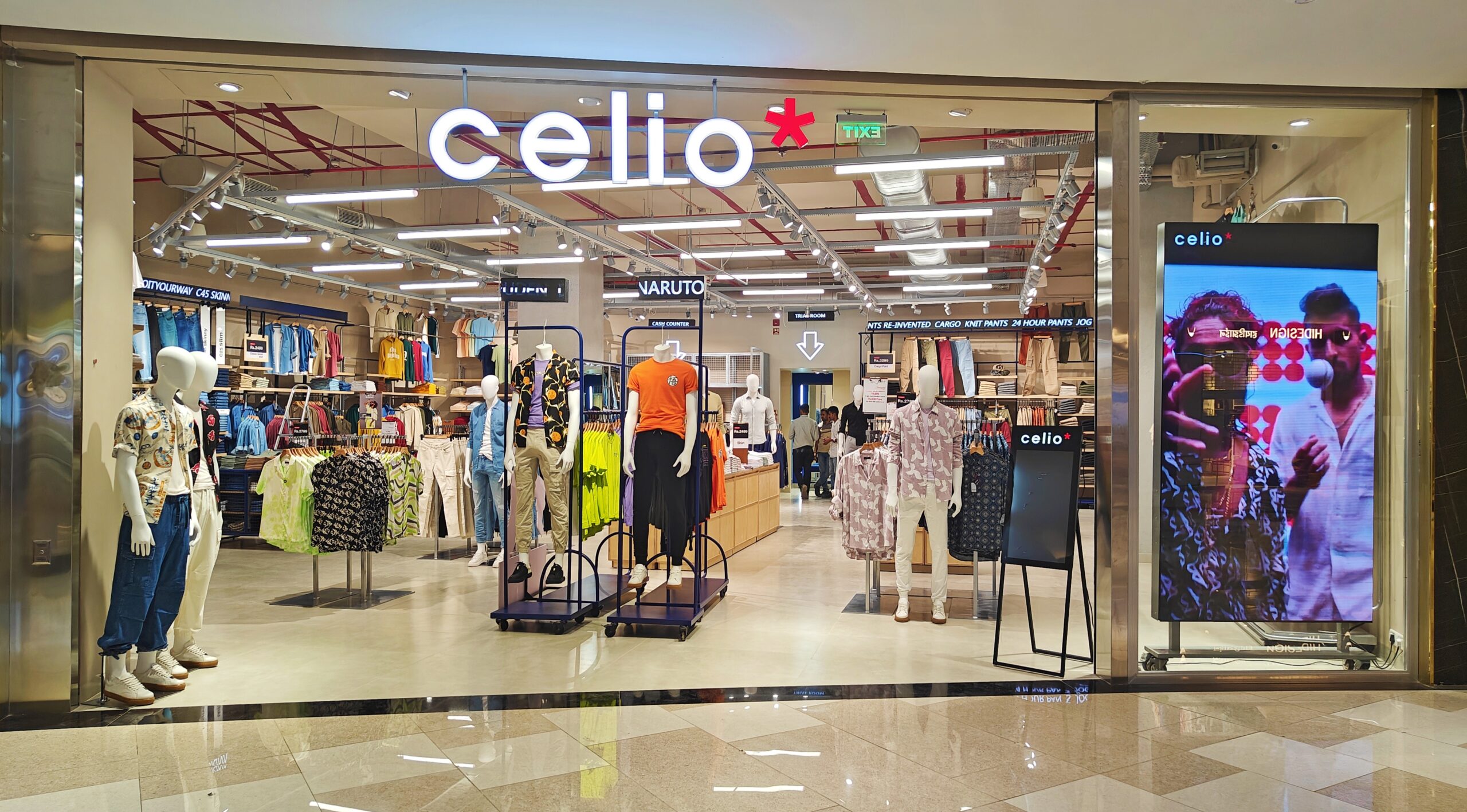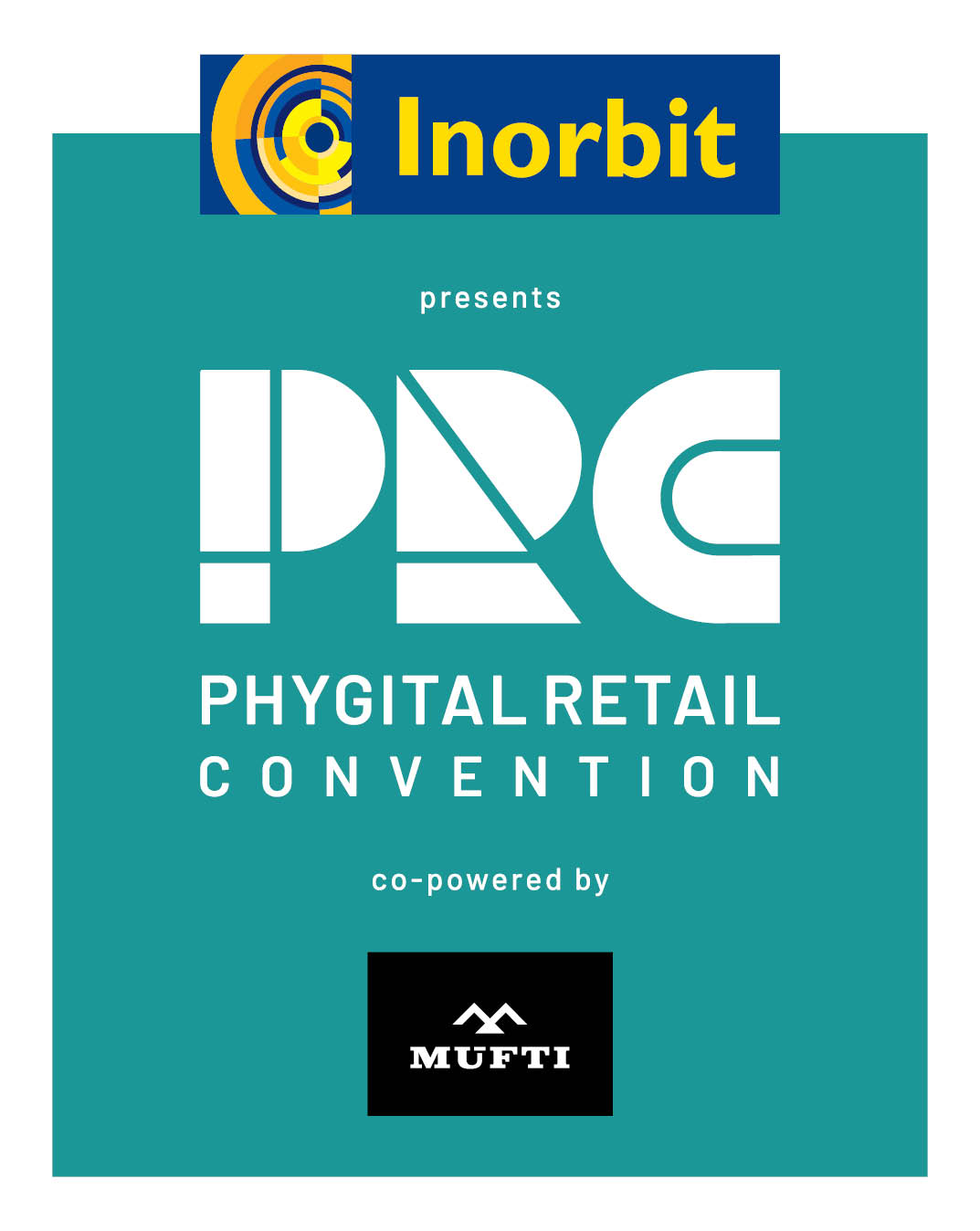Satyen Momaya, CEO of Celio India, delves into the brand’s journey in the country, its strategic growth initiatives, roadmap for its future expansion and more
Bengaluru: Today’s male consumers in India, especially Gen-Z and millennials, invest as much in their style as women do. Social media stands as proof of this shift, with male influencers airing online hauls, teaching skincare routines, and sharing ‘get ready with me’ (GRWM) visuals.
Over the past decade, men’s fashion in India has witnessed a titanic surge, with numerous direct-to-consumer (D2C) brands popping up, global powerhouses entering the Indian market, and menswear labels expanding their offerings to become lifestyle destinations—launching accessories, footwear, and fragrances.
One global brand that astutely foresaw this evolution and made its foray into India during the ‘90s is Celio. The French menswear giant forayed into India in 2008 with two standalone stores in New Delhi and Mumbai.
Today, the casual wear brand has expanded, boasting over 75 exclusive stores in 34 cities and more than 700 sales points across 200 cities nationwide.
Celio’s story, however, predates its Indian chapter. The brand’s origins trace back to 1970, when it began as a women’s ready-to-wear boutique in Paris under the name Cleo. By 1978, it had undergone a pivot, rebranding as Celio and venturing into menswear.
After cementing its position in the Parisian market, Celio embarked on global expansion, opening stores in Belgium, Italy, and Spain. As of now, Celio has a presence in over 60 countries, operates more than 1,500 retail stores, and employs a workforce of 4,500 individuals.
In an exclusive conversation with IndiaRetailing, Satyen Momaya, Chief Executive Officer of Celio India, delves into the brand’s journey in the country, its strategic growth initiatives, roadmap for its future expansion and more.
Edited excerpts…
How has Celio’s journey in India unfolded?
In India, the men’s western wear market is predominantly led by American brands, with only a few European and French names making an impact—among them is Celio.
Our journey started with two stores in New Delhi and Mumbai, spanning over 1,200 sq. ft. After opening a few stores, we adopted a multi-channel strategy, expanding into department stores like Shoppers Stop and Lifestyle, regional multi-brand outlets (MBOs), and online marketplaces like Amazon, Flipkart, and Myntra.
During 2017-18, we made several changes to our business model, including improving product sell-through quality and leveraging AI and machine learning for better product allocation, which led to profitability.
We launched our website just before the COVID-19 pandemic, initially entrusting its management to a UK agency. However, this year, we transitioned to an in-house approach to strengthen our D2C efforts.
Which age category are you focusing on in India?
Celio targets men of 24 to 28 years, but also offers licensed products that attract younger consumers aged 12 to 18.
What is the current ratio of sales between offline and online?
Currently, online sales account for about 8%, with our primary focus being offline. However, online sales are growing rapidly, at a compound annual growth rate (CAGR) of 35%. As a result, we expect the online share to increase to about 13-14% in the next two to three years.
How did Celio stores evolve over the years?
We started with smaller stores, typically around 400 sq. ft., which allowed us to establish our presence in key locations. However, as the business evolved and we recognised the need to offer a richer customer experience, we began focusing on larger spaces.
We piloted a new store format in Hyderabad about two and a half years ago, just before the second wave of the pandemic. This store format, ranging from 2,000 to 3,000 sq. ft., is a three-tier design, which allows for more open displays giving each category its own space. This makes it easier for customers to navigate the store and explore products on their own, while still benefiting from our service model.
About 60-65% of our products are French, and 35-40% is India-specific. This combination has led to higher unit transactions and better conversion rates.
Our two flagship stores have taken this concept further, each exceeding 5,000 sq. ft. Looking ahead, we plan to open stores in the 3,000 to 5,000 sq. ft. range.
Do you prefer malls or high streets for opening stores?
We have primarily focused on malls for our store locations, with a few exceptions for high streets. We have established a presence on high streets in certain areas, but moving forward, our retail blueprint is centered around A-class malls, where we plan to focus 80 to 90% of our expansion.
Why malls?
Our core target group is young men, mostly Gen Z. Malls are ideal for this demographic because more than just shopping, those include food courts, theaters, and gaming areas, which attract younger consumers. We have always believed in being where our consumers are, and these malls cater to the kind of crowd we want to reach.

Where do Celio products get manufactured?
We do not own factories or manufacture products ourselves. Instead, we partner with third-party manufacturers, securing production capacity for the year and closely overseeing the process.
As a French brand, we adhere to stringent manufacturing standards, ensuring compliance with best industry practices. This includes sustainability measures, ethical working conditions, responsible fabric sourcing, and the careful selection of chemical dyes. Every manufacturing facility we work with undergoes rigorous evaluations before being finalised as a partner.
How does Celio ensure the sustainability of its products and business?
We have put huge effort into this, structuring our approach into three key areas.
- First, we prioritise worker well-being, ensuring ethical working conditions and fair terms of engagement for everyone involved in our production process.
- Second, we focus on sustainable manufacturing practices. Currently, 30-40% of our collection incorporates Better Cotton Initiative (BCI) cotton or organically grown cotton, with sustainability embedded throughout—from raw materials to production processes. We enforce strict guidelines on water usage, chemical disposal, and overall environmental impact.
- By 2027-28, our goal is for 80% of our garments to be fully sustainable, meaning they will be either eco-friendly, organically certified, Masters of Linen certified, or approved by the Cashmere or Wool associations. These certifications ensure reduced water consumption, lower carbon emissions, and responsible chemical usage.
- Lastly, sustainability is deeply ingrained in our brand ethos. As a French brand, we adhere to national sustainability commitments, including the 2019 Fashion Pact, which sets clear targets and is monitored by both companies and the government. We have consistently increased our sustainability efforts year after year—not as a marketing strategy, but as a responsibility to the environment. For us, sustainability is not just a goal; it is part of our DNA.
What is your stock-keeping-unit (SKU) count in stores?
The number of SKUs in our stores varies based on the store’s size, revenue, and the market we operate in. In winter markets, like in North India, where we offer seasonal items such as winter wear, denim, and pants, the SKU count tends to be higher, typically around 600 to 700. In other regions, our stores usually carry between 300 to 400 SKUs.
How often do you refresh your stock?
We now operate on a four-season model, with distinct collections for Spring, Summer, Fall, and Winter. Previously, we combined Spring-Summer and Autumn-Winter, but we have since transitioned to separate seasonal drops.
Our product architecture is structured into three key categories. Around 30% of our range consists of essential and upgraded essential pieces, available year-round. Another 35-40% is season-specific, meaning it is designed exclusively for that particular season.
We also have a separate licensee business that follows a 60-day cycle, featuring blockbuster and pilot collections. Blockbusters remain available for two to three months, while pilot collections run for 30 to 45 days. As a result, nearly 45-50% of our merchandise is refreshed every 30 to 45 days, ensuring that customers always find something new.

Which products are experiencing the most demand?
For us, shirts are the largest category, contributing around 35% of our revenue, followed by denim and pants, which together also make up over 35%.
Winter wear contributes about 11-12%, despite being a seasonal category that lasts only three months. However, during the winter season, this category can rise to as much as 50% of our business. After this, polos and t-shirts are the next important categories.
What is your retail expansion plan for 2025?
Our goal is to open 15 stores this year, and we plan to continue at a similar or slightly higher pace next year. The pace of expansion will depend on new mall developments and evolving retail-first assets.
Which locations are you targeting?
Currently, around 70% of our revenue comes from the top 10 cities, but we are now looking to expand into tier-2 and tier-3 cities. In these markets, we plan to establish both company-owned and franchise stores, utilising our e-commerce insights to identify the right locations.
We will be opening a store in Surat, Coimbatore, Ludhiana and are also looking at markets like Bhopal and Bikaner. We have also signed up for new malls in upcoming locations such as Rubley and Vizag, where stores will be opening in the coming months.
Which markets are experiencing the highest demand growth?
Our strongest market is South India, particularly in markets like Andhra Pradesh and Telangana, followed by North India, then West, and lastly East.
Based on this, we have focused our expansion efforts in South and North India, with North now being a priority for further expansion. Once we have strengthened our presence in those regions, we will move forward with expansion into West and East.
Are you considering expanding into any new categories?
Our goal is to become a head-to-toe brand for men, covering a full range of apparel and accessories. Recently, we have added flat knits and items like socks and innerwear to our collection. Next, we are looking to expand into belts, wallets, and bags, even though our accessory business is still in the growth phase.
Celio has won the Great Place To Work certificate for the fourth consecutive year now. What is the secret sauce behind this?
We have been recognised as one of the top 10 retail places to work three times in a single year. With 900 employees, 95% of whom actively participate in surveys, our success starts with employee engagement.
Our meritocracy-driven philosophy, where performance is based on individual merit, helps lower attrition and boost engagement. We track areas for improvement and, with support from HR and people managers, focus on one key area each year, seeing steady positive results.
What is the approximate marketing budget for the brand?
In India, no single marketing channel is overwhelmingly dominant, and effective marketing often requires deep pockets. We allocate 65% of our budget towards digital, including social media. The remaining 35% is spent on traditional methods.
Moreover, we have always been open to experimenting with new-age marketing strategies, and in the past 18 months, our use of generative AI for content creation and offline activation has boosted consumer engagement.
How did Celio perform financially over the past year?
Despite a volatile market, we have performed well, with a solid like-for-like store growth and an overall growth of 70%. Our profit increased by 30% compared to last year, outpacing the 16% growth in revenue. Looking ahead to 2025, we aim to build on this momentum and target strong, double-digit like-for-like growth.
Current top strategic priorities?
For me, D2C is one of our most crucial strategies—it’s all about winning with the consumer. By this, we mean excelling in product innovation, delivering the right communication, ensuring meaningful engagement, and fostering a strong people-centric culture.


